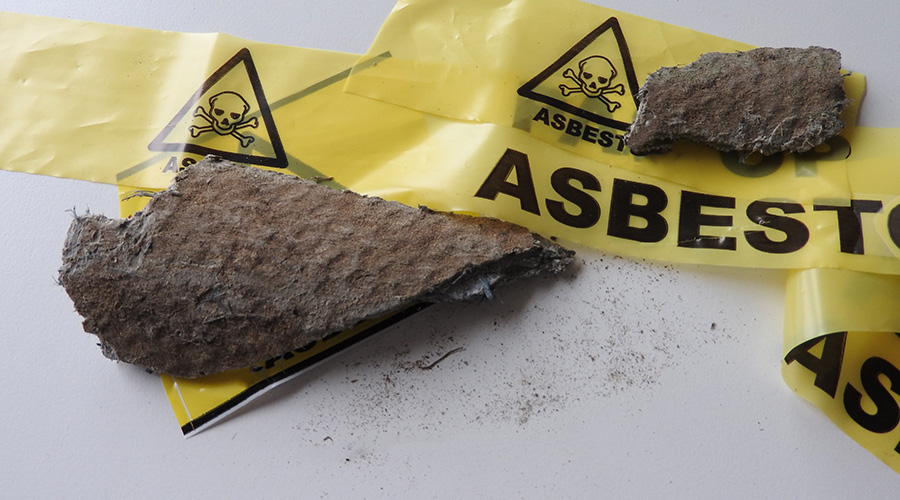10 Steps to Creating Proactive Facilities Maintenance
Move facilities management and maintenance from reactive to proactive with these best practices.
The way that facilities are managed can range from whack-a-mole maintenance to well-oiled-machine, and everything in between. If you find yourself in the position of having to “fix” a less than dialed-in facility maintenance program, it can seem quite overwhelming. You might have to deal with a mountain of backlogged work orders, disorganization, total reactivity, out of control budgets, and employees on the verge of leaving because they feel so hopelessly buried.
How do you wade through the necessary day-to-day tasks, that on their own can seem too much, while also leading your team out of the deluge and on to higher ground? When you’re in that deep, it can be hard to see the situation clearly enough to know where to start. The following 10-step plan can help you get your struggling facilities on track. These steps build on one another — each one you complete saves you more time that you can redirect toward the next step. It will take time, but this plan is a proven method for facilities course correction.
Step 1: Systemize Day-to-Day Tasks
Before you can organize anything else, you will first need to create a process to set the day-to-day work in order for your team. Capture every bit of work that needs to be done in the next two to three weeks. This means: Make a work order for each item, prioritize them, and assign them in your computerized maintenance management system (CMMS), if you have one. A CMMS is not only for receiving work requests. Everything a maintenance crew does should flow through the system. Not only can it be a tool to organize and schedule the work, it also captures valuable data that you will need for later steps.
If you do not have a CMMS in place yet, use a paper work order system to get you by until you can set one up. But follow the same rule – all work goes through the system! Find a simple work order template online (like this), then set up a place to schedule them. For example, you could mount a 4-by-8-foot piece of sheet metal to a wall in the maintenance office and use magnets to hang the work orders so they can be easily move around. Across the top, write the days of the week, and down the left side, list crew members. Stack the work orders in order of priority on the day you want them done with the highest priority on top. Completed work orders are signed off with total manhours noted and turned in to a designated basket. It is a simple system for everyone to follow, but it takes time to manage. So, switch to a CMMS as soon as you can. And in the meantime, delegate the daily updating of the system as much as you can, to allow you to focus on the next process steps.
Step 2: High Level Needs Analysis
Once you aren’t being bogged down as much by daily work orders, conduct a high-level needs analysis of each site. The more sites you are over, the higher level it will need to be to keep it doable.
Start by collecting information about the site from talking to facilities technicians, reviewing sites in-person (or by picture or video if it will be a while before you can get around to every site), and gathering any available historical records (work order statistics, spending, asset inventories and replacement schedules). Review and categorize the data to get a feel for how resources are being used. Look for trends and analyze what they tell you. One helpful tool to analyze the data you collect is to insert it into Excel and create a Pareto chart. This data can be invaluable for knowing how to strategically approach the needs of your facilities.
Using this information, make a high-level assessment to find the most urgent or most impactful objectives. What are the biggest problem areas? What are the most serious and immediate risks? What immediate capital replacement needs are there? Make a list and focus in on the highest priority sites and the highest priority needs at those sites.
Keep a separate list of all the lower priority needs that you filtered out. If you keep an eye out, you will find that opportunities will often present themselves that are incidental to the completion of the highest priority list, or that arise in the regular course of maintenance. If you take advantage of those opportunities, you can chip away at the slightly lower priorities without having to wait a long time for the highest priorities to be completed.
Step 3: Conduct a Facility Condition Assessment (FCA)
If you have ever done a Facility Condition Assessment, you know that it can be a ton of work. It’s usually best to contract with a firm that specializes in FCAs. That can be expensive, however. So, if that is not something you have the budget for, it is doable to get it done in-house.
Whether in-house or third party, use the FCA as an opportunity to capture and catalogue every asset, and its important information, if you do not already have an accurate asset inventory. Asset inventories often only include Unit Assets (UAs) – these are usually something that can be considered equipment, such as a pump, motor, boiler, RTU, vehicle, etc. But let’s not forget the Built Environment Assets (BEAs) that usually house these Unit Assets. If you don’t capture the condition, finishes, size, and age of each area of the built environment, you will never be able to conduct an accurate valuation of the property, develop complete long-term capital plans, assign work orders to specific locations in your CMMS, or have a proper preventive maintenance plan in place. BEAs require routine maintenance (paint, carpet cleaning, re-lamping, etc.) just like UAs, so why wouldn’t you keep track of them the same way.
Make it easy to separate assets whenever you need to by designating each asset with UA or BEA in your spreadsheet or CMMS and then filtering. Don’t hesitate to add other sub-categories as well. For example, you could create a category under UAs called “MEP.” Then, within “MEP,” you can break it down further into “Mechanical,” “Electrical,” and “Plumbing.” Later on, you will be able to run a completed work order report to see how much time is spent in each area and if you have the manpower in each trade to cover that rate of work orders going forward. The more categories you create, the more granular you can get with your data to help with planning, budgeting, and decision making.
As you collect asset information, assess the condition of each asset using a simple grading scale like 1 to 5, or G (for green) = good, Y (for yellow) = fair, and R (for red) = poor. Use + or – to rate up or down within each level, for example, G+ or Y-. If you formulate a spreadsheet to match the color coding, you can easily see the condition of assets at a glance.
The FCA should also be used as an opportunity to look for code and regulatory violations to improve environmental, health and safety conditions. Make note of these violations and work them into your plans so they can be addressed as soon as possible.
As noted previously, all of these steps build on one another. The final FCA steps of assigning a current value to each asset and analyzing the valuations needs to wait for the next few steps that are of higher priority. You will use the critical FCA information you have collected to start getting your FM operations out of reactive mode, which will give you more time for the planning steps later on.
Josh Sylvester is director of facilities for Thanksgiving Point.
Related Topics:














